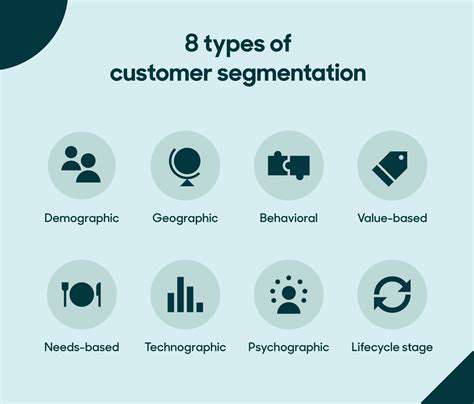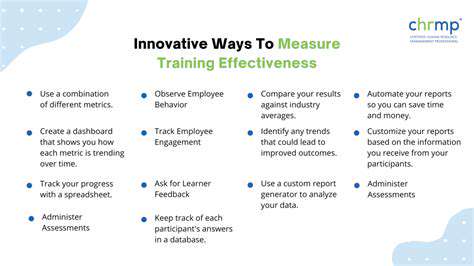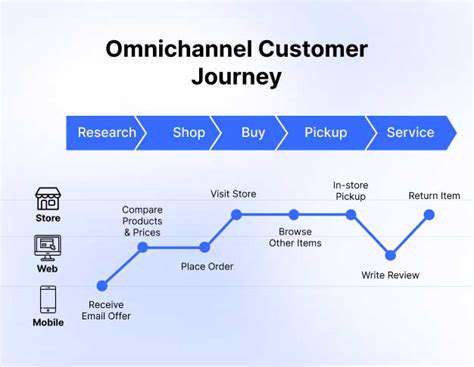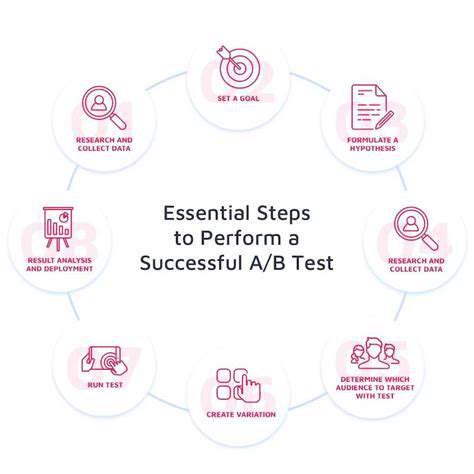Core Web Vitals: Optimizing for Page Experience
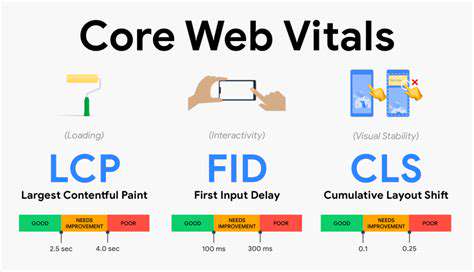
Key Core Web Vitals Explained
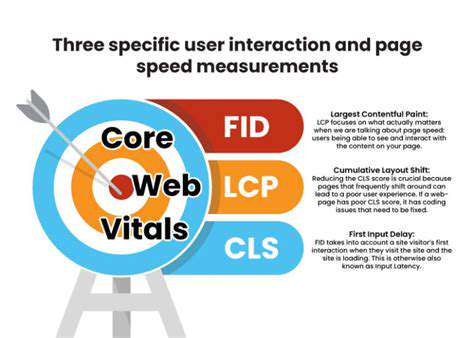
Largest Contentful Paint (LCP)
Largest Contentful Paint (LCP) measures the time it takes for the largest image or text block on a webpage to load and become visible. A fast LCP score signifies that the critical content of a page is displayed quickly, providing a positive user experience. This is a crucial metric for initial visual impression and perceived page load speed. Users expect web pages to load quickly, and slow LCP times can lead to frustration and higher bounce rates.
Understanding LCP is essential for optimizing the visual presentation of your website. By proactively addressing elements that impact loading times, such as optimizing images and minimizing render-blocking resources, you can significantly improve the LCP score and enhance the overall user experience on your website. A high LCP score contributes to a smoother and more satisfying user experience, making it a critical part of user satisfaction.
First Input Delay (FID)
First Input Delay (FID) measures the time it takes for a page to respond to the user's first interaction. This includes actions like clicking a button or scrolling. A low FID score indicates that the page responds quickly to user input, preventing delays and frustration. A slow FID can lead to poor user engagement and a frustrating experience for users. Faster FID times directly correlate with a better user experience.
Optimizing for FID requires careful consideration of JavaScript execution, rendering processes, and other background tasks that can impact how quickly the page responds to user interactions. By minimizing these delays, you can improve user satisfaction and create a more efficient interaction experience.
Cumulative Layout Shift (CLS)
Cumulative Layout Shift (CLS) measures the unexpected shifts in the visual layout of a page after it has loaded. These shifts can occur due to dynamically loading content, ad placements, or other factors that cause elements to reposition themselves after the initial render. A low CLS score indicates a stable and predictable layout, which is essential for a positive user experience. Users are sensitive to unexpected layout shifts, as they can be disruptive and hinder the user experience.
Reducing CLS requires careful planning and execution of web page design. Implementing strategies like proper sizing of images and elements, ensuring that ad placements do not overlap crucial content, and taking care of asynchronous loading can significantly reduce CLS scores and enhance the overall experience for visitors. By focusing on consistent and predictable layout, you're creating a smoother and more reliable user experience.
Technical Strategies for Improved Page Experience
Optimizing for Largest Contentful Paint (LCP)
Largest Contentful Paint (LCP) measures the time it takes for the largest image or text block on a webpage to load and become visually complete. A fast LCP score signifies a positive user experience, as users perceive the page as loading quickly. Optimizing for LCP involves a multi-faceted approach including image optimization techniques like using WebP format, reducing image sizes without compromising quality, and leveraging browser caching to speed up image delivery. These strategies contribute to faster initial content display and a more satisfying user experience, a critical aspect of core web vitals.
Further improvements can be achieved through efficient use of browser rendering strategies. Understanding how the browser parses and renders different elements on a page allows for optimizations that reduce the time to render the critical large content blocks. Properly structured HTML, CSS, and JavaScript can significantly impact LCP performance. This includes ensuring that critical rendering paths are streamlined and that non-critical rendering elements are deferred or loaded asynchronously.
Improving First Input Delay (FID)
First Input Delay (FID) measures the time it takes for a user's first interaction (like clicking a button or scrolling) to be processed by the browser. A low FID score indicates that the page responds quickly to user input, crucial for a smooth and responsive user experience. Optimizing for FID involves minimizing the execution time of JavaScript code, particularly in the main thread. This often means identifying and optimizing computationally intensive tasks or using techniques like asynchronous JavaScript execution to prevent blocking the main thread.
Deferring non-critical JavaScript or using a structured approach to loading and executing JavaScript, such as lazy loading or using a task queue, can greatly improve the FID. By prioritizing the execution of user-interaction-related code, developers can create a website where users experience a more responsive and engaging interactive environment.
Focusing on Cumulative Layout Shift (CLS)
Cumulative Layout Shift (CLS) measures the unexpected movement of content on a page after it has loaded. A low CLS score means the page layout is stable and predictable, preventing jarring user experiences caused by unexpected shifts in the visual presentation. Optimizing for CLS involves using fixed positioning for elements that are crucial to the visual layout and ensuring that elements don't shift unexpectedly as other elements load or resize. Minimizing the use of dynamically injected content, especially if it's large or positioned using relative or absolute units can help prevent unexpected shifts.
Properly sizing and positioning images and other elements before they load is critical, as is using the correct values for the `width` and `height` attributes. Avoid using fixed dimensions for elements that might change in size, which is a potential cause of layout shifts. Implementing proper image loading strategies and lazy loading techniques can reduce the likelihood of layout shifts.
Optimizing for Speed Index
Speed Index (SI) measures the time it takes for the majority of the content on a page to become visible to the user. A low Speed Index score indicates that the page content is displayed quickly, improving the perceived speed of the page. Optimizing for SI involves optimizing for LCP and other critical factors that lead to fast loading. A faster Speed Index is a direct result of optimized image loading, reduced JavaScript execution time in the main thread, and effective use of caching techniques.
Minimizing the number of requests and optimizing for efficient resource delivery are both crucial aspects of SI optimization. Ensuring that initial content displays rapidly is a key factor in achieving a good Speed Index. This includes deferring non-critical resources and using asynchronous loading techniques for elements that aren't immediately needed.
Read more about Core Web Vitals: Optimizing for Page Experience
Hot Recommendations
- Personalizing Email Content with User Behavior
- Geofencing for Event Attendance Tracking
- Reputation Management on Social Media
- UGC Beyond Photos: Videos, Testimonials, and More
- The Future of Data Privacy Regulations
- Accelerated Mobile Pages (AMP) Benefits and Implementation
- The Future of CRM: AI and Voice Integration
- Google Ads Smart Bidding Strategies: Maximize Value
- Common A/B Testing Pitfalls to Avoid
- Local SEO Strategies for Small Businesses



